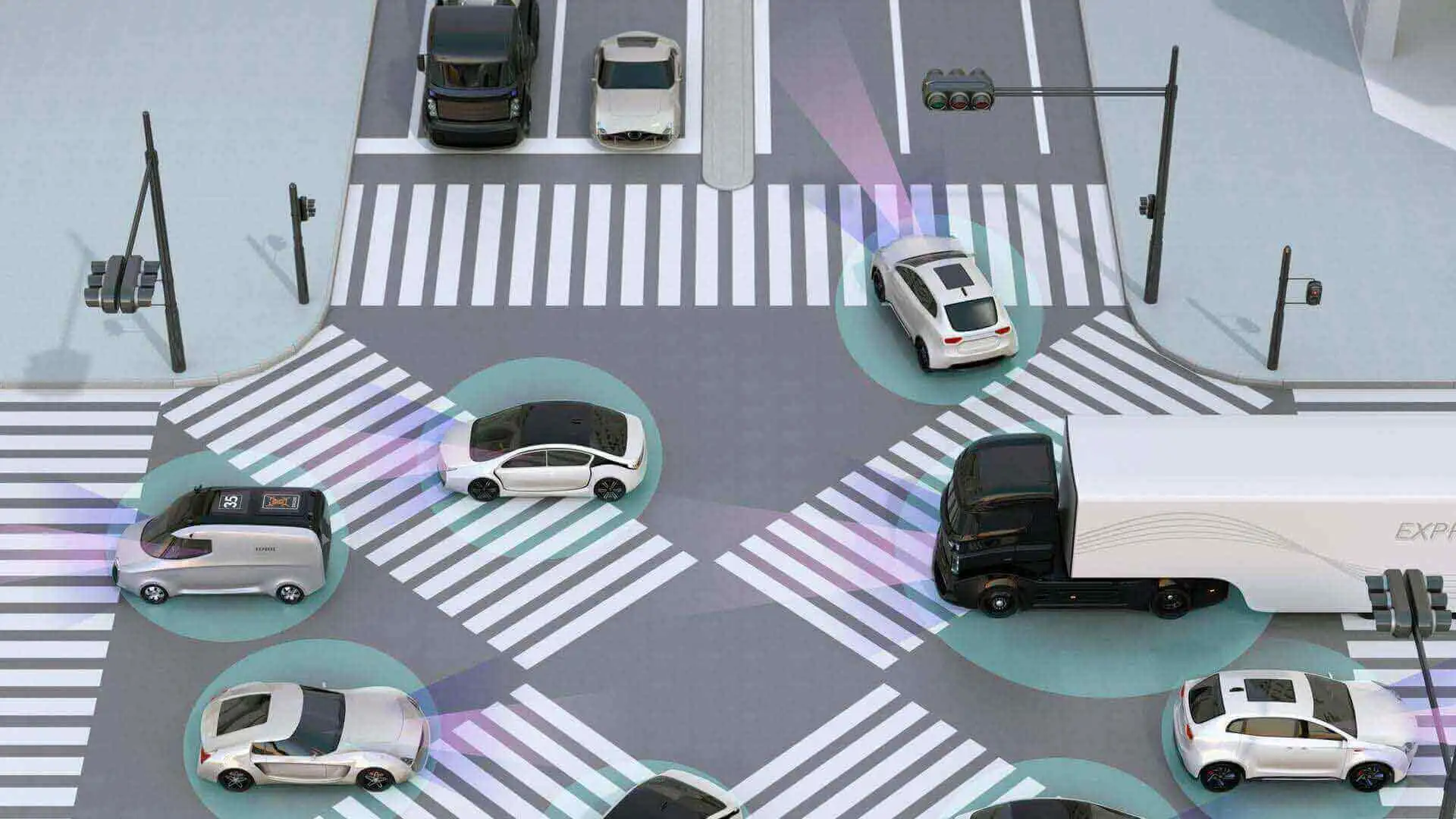
Are self-driving trucks safe?
On May 7, 2016, Tesla’s self-driving car was involved in its first fatal accident, as the Tesla Model S crashed into a white trailer while on autopilot, its cameras unable to distinguish the large vehicle from the bright sky behind it. While trailer driver was uninjured, the Model S driver was killed.
This incident has caused consumers to second-guess the autonomous driving craze, particularly considering that this accident would have easily been avoided by a human driver. Despite being put through millions of kilometers of road tests, such concerns have been intensified in wake of Uber’s recent deadly crash, where a woman was killed by a self-driving car while crossing the street at night. Whether or not this incident could have been avoided by a human driver is still unclear.
Nonetheless, these incidents have prompted the need for better understandings of just how safe self-driving vehicles are and to what extent they should be trusted.
Autonomous vehicles: Are they safe?
Perhaps a better method of understanding the safety of autonomous vehicles is to consider the alternative; human-controlled vehicles, on which plenty of data exists. In the US alone, 4,000 people die in crashes relating to trucks each year, 90% of which are attributed to human error. The death toll jumps to 37,000 when including cars and, on a global scale, 1.3 million people – over 3,000 vehicle-related deaths per day.
Discussing the safety of autonomous vehicles is thus only logical in the context of also understanding what opting out of such technology would mean for road safety. While autonomous vehicles are not perfect, they are, in most cases, less flawed and thus safer than human drivers. Yet, considering that commercial trucks are expected to be equipped with self-driving technology before private cars – due mainly to the cost-savings in store for logistics companies as well as the fact that trucks drive primarily on freeways, which clear of pedestrians or sharp turns – we discuss how autonomous trucks may or may not enhance public safety on the roads.
While technological advancements have greatly contributed to the abilities of autonomous trucks, certain weather conditions and human-to-human practices have yet to be perfected by sensors and cameras. For example, bright sunlight can not only blind cameras, but also make it difficult for them to distinguish between white vehicles and bright skies, as demonstrated by Tesla’s 2016 deadly accident. Additionally, snow and sand throw off laser sensors, while recognizing the facial expressions of other drivers, or their roles (i.e. a hitchhiker vs. a construction worker), and thus their likely intentions, are still beyond the scope of camera technology.
Nonetheless, autonomous trucks are still expected to make the roads that they travel noticeably safer for surrounding drivers. One method of doing so is called platooning. Platooning consists of multiple trucks driving directly behind one another, each of which are connected by WIFI, sensors GPS, and cameras. While platooning reduces wind drag and thus saves on fuel costs, its greatest public benefit is in regards to road safety. While the first truck in a platoon would be human-operated, the following connected trucks would be able to break, speed up, and turn at the exact rate of the leading truck, eliminating flawed human reaction times and thus large-scale crashes on heavy, high-speed roads.
In fact, with growing confidence in autonomous commercial vehicles, Rio Tinto, an Australian mining company, recently announced that its autonomous haul trucks had moved one billion tons of material without a single injury, and is thus expanding its fleet from 80 to 140 autonomous trucks by the end of 2019. This success has encouraged other industry players to make similar investments, as Canadian mining company Suncor is expected to begin operating driverless vehicles in its mines by 2019 so that “everyone goes home safely at the end of every day.”
The success of autonomous vehicles can be attributed not only to their 360-degree evaluation abilities, but the simple fact that they cannot get tired, drunk, or distracted in the ways that human drivers can. As such, while consumers tend to vocalize their doubts about putting their lives in the hands of robots, it’s also worth considering the risk of continuing to put their lives in the hands of other people. In regards to the trucking industry, autonomous vehicles have thus far proved to be more trustworthy than human-operated vehicles, convincing companies to invest in the technology.
Will private-use vehicles be able to sway consumers in a similar direction? If accidents continue, perhaps not. But as technology and performance improves, perhaps manual driving, considered an unnecessary risk, will be outlawed in favor of more predictable forces behind the wheel.
